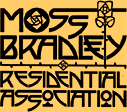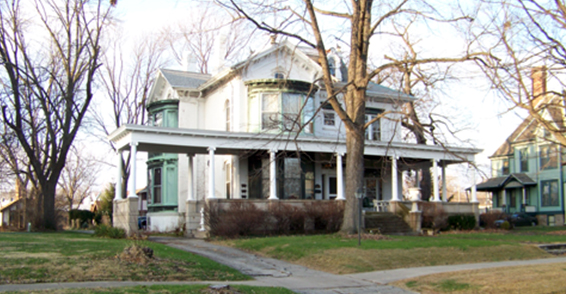Our January membership meeting focused on an issue that has and will continue to affect our entire city, economically and ecologically. Representative from the city of Peoria’s Public Works department presented a program on the feasibility of establishing a dedicated funding stream for storm water management and the proposed use of green infrastructure that would help with sewer overflow problems. Faced with mandates from the Environmental Protection Agency and the needs of its citizens, the City of Peoria formed an advisory committee to seek public input and help it manage its storm water infrastructure problems.
Among the issues the city faces is increasing regulatory requirements from the U.S. EPA. That agency has mandated that the city develop a long-term plan to reduce overflows from combined storm/sanitary sewers. That is because when storm water from rain or snow overwhelms combined sewers, untreated sewage discharges into the Illinois River. The city experiences 20 to 30 combined overflows a year, on average. These may occur at 16 outfall locations along the Illinois River. Overflows can occur with as little as 0.15 inches of rainfall. Combined sewer overflows contribute to elevated bacteria levels and pose health risks to humans.
The One-Water Committee was established to find ways to reduce storm-water runoff in Peoria. The committee includes a diverse group of stakeholders, including private property owners; large and small businesses; tax-exempt organizations; other governmental bodies, and environmental advocates. In addition to recommendations on possible ways to resolve the storm water issues, the group is also recommending a monthly residential fee range to help pay for upgrades to infrastructure that handles storm water runoff. One possible funding stream could be a storm waterutility, such as storm water utilities in Morton, Eureka, Bloomington and Decatur. TheOneWater Committee has provided input on funding models and credits, such as for property owners who put greeninfrastructure on their properties. It also may help decide green infrastructure locations.
Green infrastructure could include impervious pavers and natural plantings. The committee has also provided input on storm water management priorities, including inspecting underground pipes, repairing infrastructure, street sweeping and other issues.
There is a great deal more to learn about this issue. We are fortunate to have a brief synopsis provided to us by the city, posted in this newsletter. I suggest you read it as well as visit www.peoriagov.org/wetweather for more information. There will be more follow up on this issue but I suggest you become familiar with the topic as this it affects us all!
Brian




